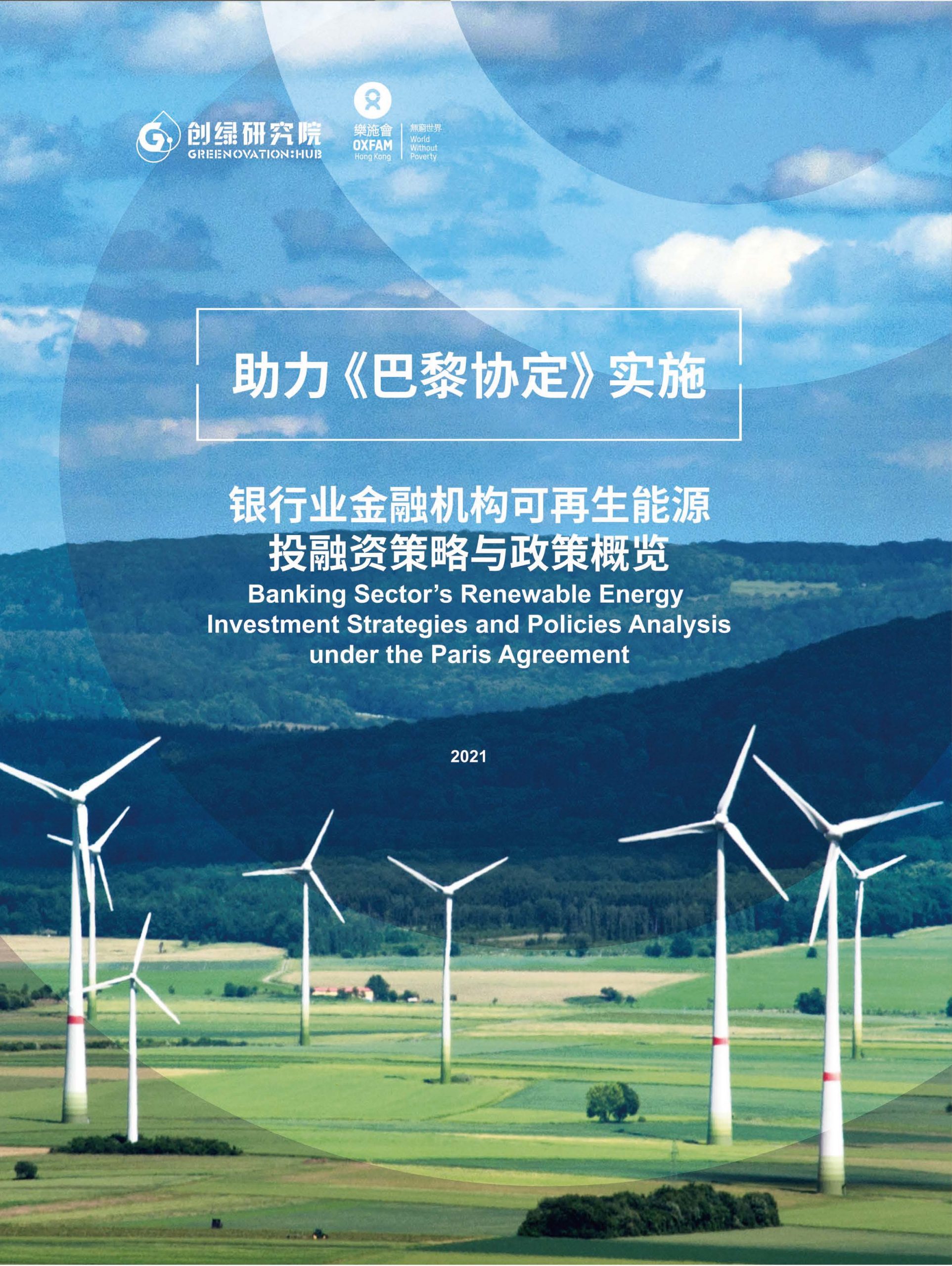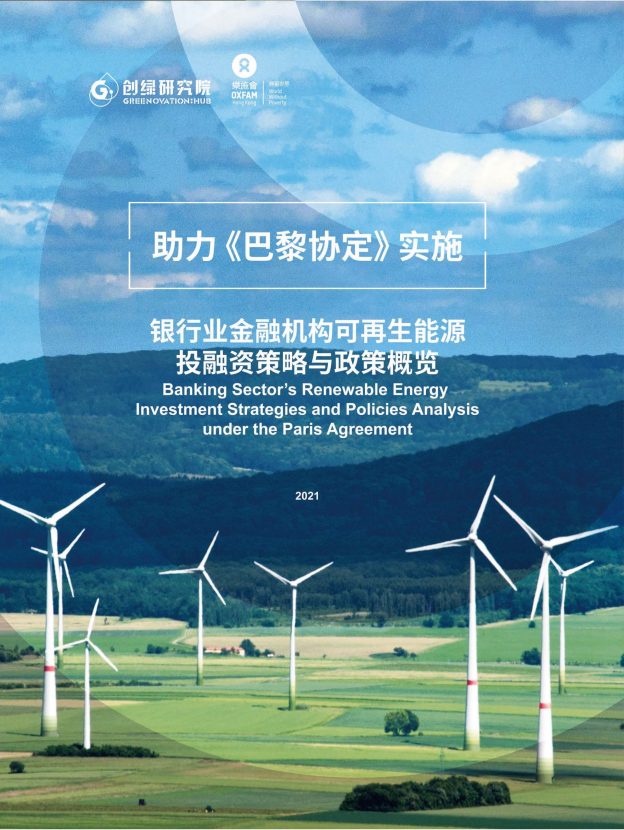
The 2030 Agenda for Sustainable Development and the Paris Agreement, adopted by over 190 countries in 2015, provide an overarching global framework to address climate change, eradicate poverty and achieve green, zero-carbon prosperity. Building renewable-based energy and power systems is a key step.
Developing countries along with the Belt and Road Initiative will be the global energy consumption hotspot as the region is undergoing rapid industrialization and urbanization. Meanwhile, due to the sensitive ecosystems and high climate vulnerability of many developing countries, developing low-carbon energy systems is critical for these countries to avoid being locked into carbon-intensive development pathway which exacerbates their vulnerability. Endowed with abundant renewable energy resources, many countries have included renewable energy development targets in their Nationally Determined Contributions (NDCs). However, developing countries are still faced with challenges at policy, planning, financial and technical levels. As the initiator of the Belt and Road Initiative (BRI) and a major public finance provider in overseas energy investment, China could play an important role in promoting low-carbon overseas energy investment and financing activities in developing countries, based on partner countries’ national circumstances. China has announced on September 22th, 2020 that, “China will scale up its Intended Nationally Determined Contributions by adopting more vigorous policies and measures. We aim to have CO2 emissions peak before 2030 and achieve carbon neutrality before 2060”. The financial flow to the BRI region guided by the “green BRI” concept, and driven by the global de-carbonization development tendency, should be aligned with the low-carbon and even ‘net-zero’ development pathways.
Financial institutions have an increasingly important role to play in promoting renewable energy development. Development financial institutions in particular have played a leading and leveraging role in mobilizing and crowding in private capital to fill the huge funding gap of developing countries to develop renewable energies. Aside from participating in project financing, development financial institutions could create favorable market conditions for private capital to participate in the development of renewable energy. Commercial banks focus on promotion of production and consumption, contribute to expand the renewable energy market. To contribute to the collective global efforts to tackle climate change and seize the opportunity of the low-carbon transition, financial institutions can, and should exert greater impact in the renewable energy development.
This report selects eight Multilateral Development Banks (MDBs), six National Development Financial Institutions (NDFIs), nine international commercial banks, three Chinese policy banks and development financial institutions and five Chinese commercial banks. The report reviews their overarching target, quantitative climate finance target, renewable energy supporting measures, project review and information disclosure based on publicly available information by April 2021.
As nations committed to carbon neutrality or net zero emissions, supporting developing countries’ renewable energy development could achieve mutual benefits for both sides. Based on analysis of selected financial institutions’ policies and practices of renewable energy development, this research proposed suggestions on policy frameworks for Chinese financial institutions to improve in the future.



 PDF
PDF
